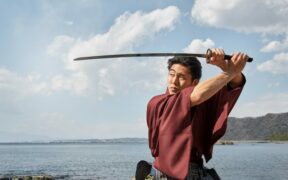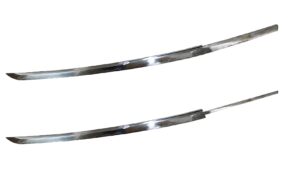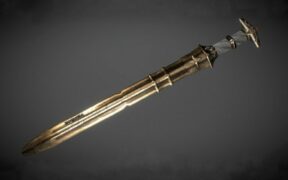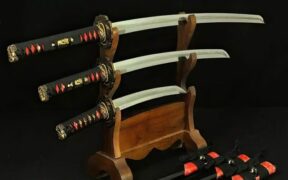Our content features commercial links to our products, committed to transparent, unbiased, and informed editorial recommendations. Learn More
What is a Shirasaya Katana? – Historical Significance and Usage
NO AI USED This Article has been written and edited by our team with no help of the AI
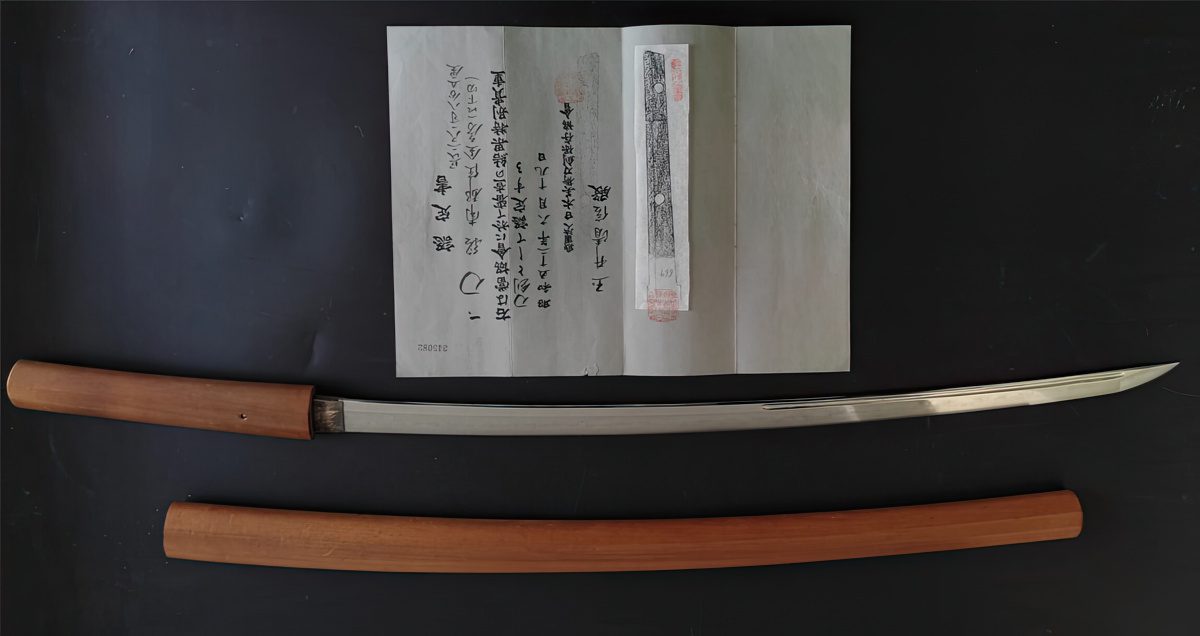
The shirasaya is a traditional Japanese sword mount, with its distinguishing feature being the unique minimalistic design. It is closely tied to Japan’s cultural heritage and it serves as a symbol of elegance and ingenuity in a time period when strict laws governed the possession of swords.
In this article, we are going to look at its characteristics, explore its history, and learn about the significance the shirasaya holds.
Characteristics of the Shirasaya
The term ‘shirasaya’ is derived from the Japanese words ‘shira’ (white) and ‘saya’ (scabbard). However, the name refers not to the specific color of the scabbard, but rather to its simple pattern. This unique style of mounting features a minimalistic, unadorned wooden design that provides a stark contrast to the ornate and elaborately decorated scabbards, also known as kuroshire.
The Japanese shirasaya consists of two main components: the saya (scabbard) and the tsuka (handle).
Scabbard (Saya)
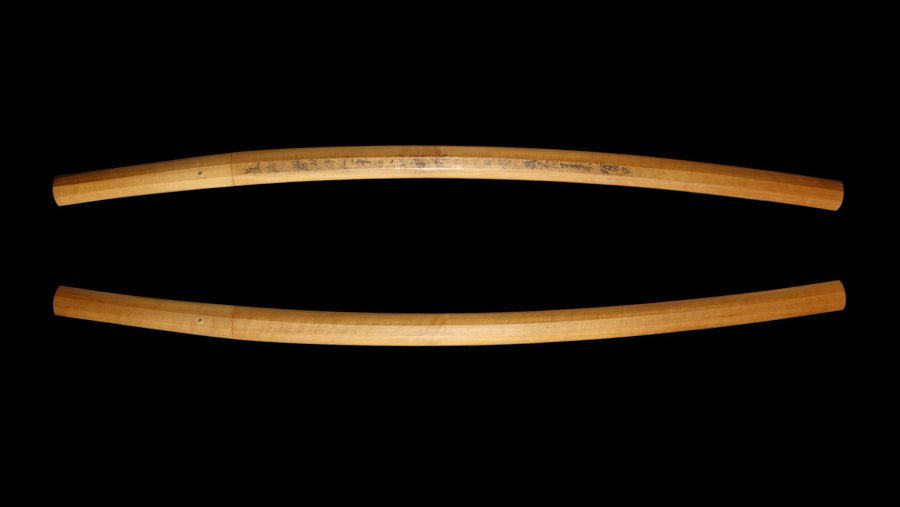
Unlike the more intricately designed scabbards that were typically carried in battle, the scabbard of the shirasaya was specifically designed for storing the blade over an extended period of time.
The sheath was fashioned out of wood and designed to be more tightly fitted. This was done in order to prevent air from coming into contact with the blade, potentially resulting in condensation under higher temperatures, leading to moisture build up and ultimately corroding the blade.
One of the most striking features of the saya is the lack of decoration. Because its sole purpose was to protect the blade, samurai warriors didn’t see the need to emphasize their rank and prestige with elaborate fittings and embellishments. Therefore, the scabbard bears just a simple, wooden design and that’s where its beauty lies; in its simplicity.
On some occasions, the sheath would feature markings, indicating the type of blade that was housed inside.
Handle or tsuka
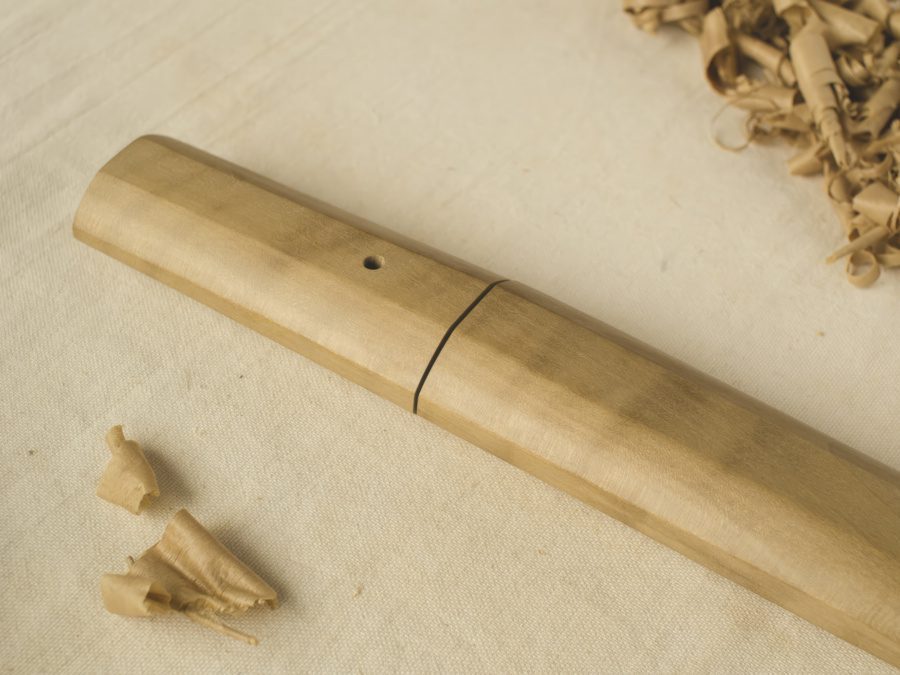
The handle of the shirasaya is made of the same type of material as the scabbard and it is designed to fit cleanly against it to appear as a single, seamless piece of wood.
The wood handle followed the same unadorned, simple pattern as the saya. However, its most notable features are the absence of a tsuba and handle wrappings. Since the shirasaya was never intended to be used on the field, this makes it rather impractical for combat because the sword’s wielder would lack the proper hand grip and protection.
Blade

Since the term shirasaya refers to the type of scabbard rather than the type of blade, it means that any type of blade could be housed within it. Although the Japanese katana sword was traditionally the most popular choice amongst samurai warriors, the shirasaya was also used to store blades like the ninjato sword, wakizashi sword, and tanto sword.
Shirasaya vs Koshirae
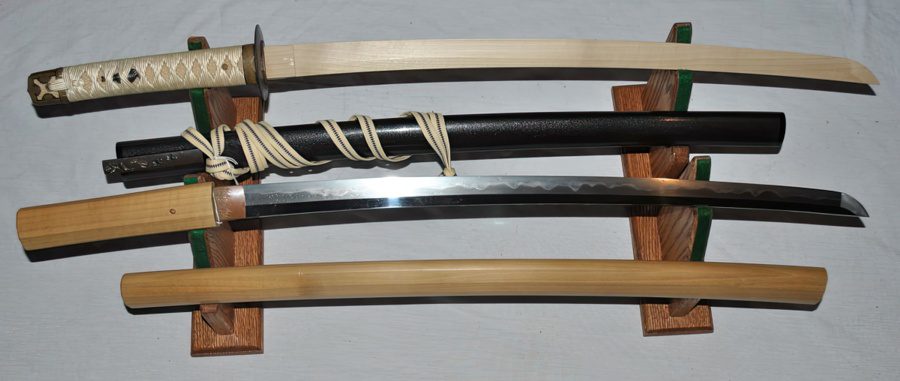
Although both the shirasaya and the koshirae are traditional Japanese sword mounts, with deeply rooted cultural heritage, they differ in both their style and purpose.
Following a more minimalistic and simple approach, the shirasaya is devoid of any decorations and ornamentations. It was specifically designed to house and protect the blade when it wasn’t used over a longer period of time.
On the other hand, the koshirae refers to a more intricate sword mounting style that includes various decorative elements such as lacquered wood, silk wrappings, elaborate metal fittings, and adornments on the handle and scabbard. Koshirae are often used for display, and their design is used to represent the status of the owner of the sword.
| Overview | Purpose | Scabbard | Handle |
|---|---|---|---|
| Shirasaya | Inadequate for combat, designed for storing and protecting the blade when it wasn’t used over an extended period of time | Plain wooden pattern, lacking any type of decoration. Designed to provide a tight fit around the blade and protect it from moisture and corrosion | Simple wooden handle that covers the full tang blade. It lacks any kind of grip support and doesn’t feature a tsuba |
| Koshirae | Battle-ready, used to emphasize the status and prestige of the sword’s owner | Elaborate design, featuring many adornments and decorations. Provides a looser fit around the blade and allows it to be drawn faster | Wooden handle that’s covered with ray skin and then further enveloped with patterned silk or cotton wrappings for optimal grip support. It also features a tsuba for adequate hand protection |
Construction of the Shirasaya
The shirasaya was typically crafted out of honoki, a type of traditional Japanese natural wood that belongs to the magnolia family. It was used in the making of both the saya and the tsuka.
It was considered to be the ideal material for the intended purpose for several reasons:
- Honoki doesn’t exude any resin that could lead to oxidation of the razor-sharp blade
- It was very easy to carve, regardless of the shape and blade length that was stored inside
- There was no risk of the material scratching the high carbon steel blade
- Honoki is a water-resistant type of wood, therefore it does not warp when exposed to humidity
It is believed that the shirasaya was rather weak, consisting of only two wooden slats that had been glued together. This was done intentionally so that the shirasaya could be easily broken to remove the blade. This is helpful if the blade becomes corroded and challenging to be removed from the scabbard. Modern-day shirasayas are typically made of different kinds of wood such as rosewood, maple wood, and ebony wood.
History of the Shirasaya
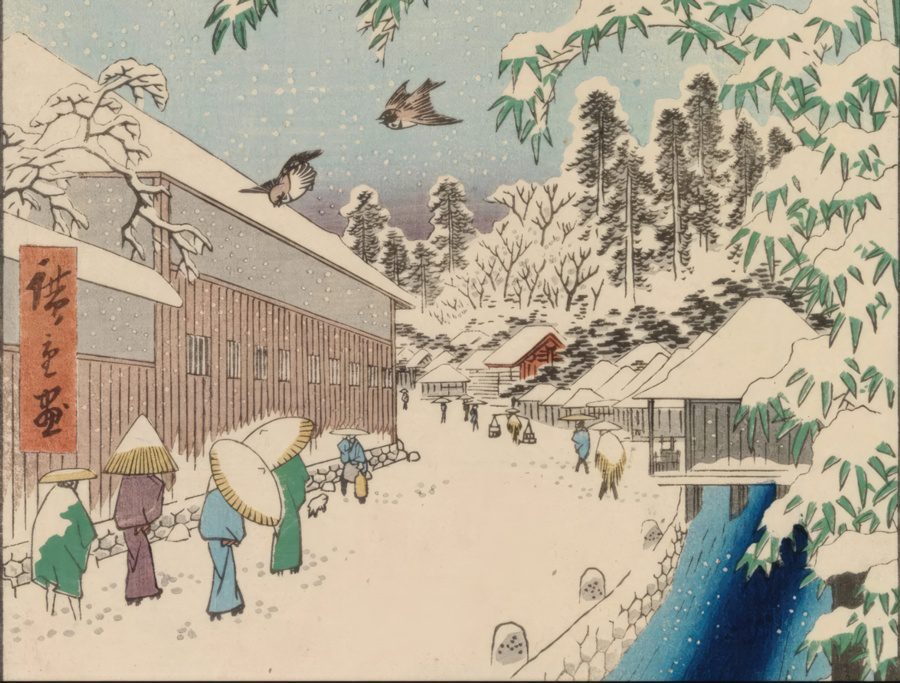
The origins of the shirasaya date back to feudal Japan and it is believed that its history is intertwined with the laws and regulations that were established in regards to sword carrying during that time.
Edo Period, 1600-1868
The Edo period in Japan is characterized as a time of peace, economic growth, and social reforms. During this time, the use of swords was controlled by the Tokugawa shogunate, the ruling government, which established regulations in order to consolidate power and prevent uprisings.
Aside from affecting regular farmers and traders, the government extended these regulations to the samurai swords as well, in an effort to bring about peace throughout all of Japan.
Thus, the shirasaya was developed as a response to the imposed regulations. The simple design allowed people to carry their weapons in public without drawing attention to themselves by not emphasizing their status to elaborate adornments.
Meiji Period, 1868-1912
The shirasaya rose in popularity during the Meiji period, marking the end of the samurai era and the beginning of the modernization of Japan. In 1876, the ruling government established the ‘Sword Abolishment Act’ which prohibited the carrying of swords in public, except for military and law enforcement officials as well as former lords.
This edict led to a decline in demand for ornamental scabbards and many samurai families began to prefer the shirasaya for its ability to protect and preserve their valuable, high-quality swords. The koshirae, on the other hand, was usually set out for display as a remembrance of a former era, usually paired with a bamboo blade to maintain its shape.
Significance of the Shirasaya
In addition to its practical benefits, the shirasaya also holds great cultural significance. Many Japanese samurai warriors saw the shirasaya as a symbol of humility and discipline as it lacked the ornate decorations and flashy designs of the ceremonial scabbards used for formal occasions.
Some schools of swordsmanship even used shirasaya swords exclusively for training and practice, as they were believed to represent a purer and more authentic form of the art.
Conclusion
In conclusion, the shirasaya is an iconic symbol of Japanese sword culture. Its minimalist and elegant design has been appreciated for centuries by collectors and martial artists alike. Whether used for storage, training, or display, the shirasaya is a timeless piece that embodies the beauty and craftsmanship of traditional Japanese sword-making.
